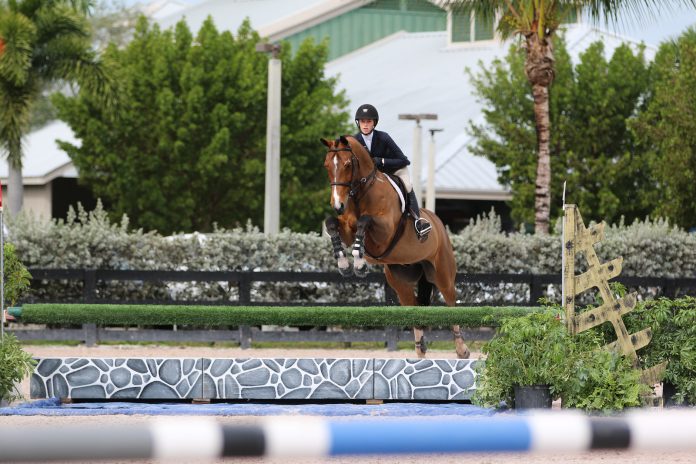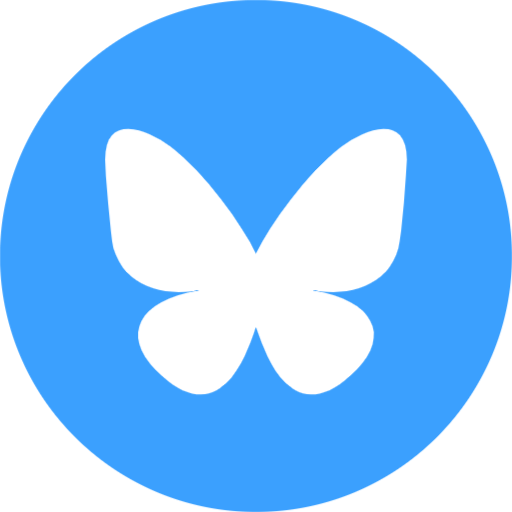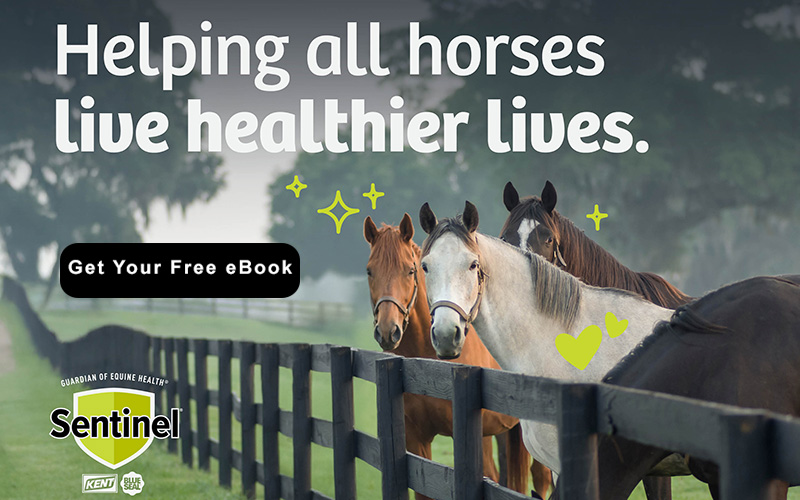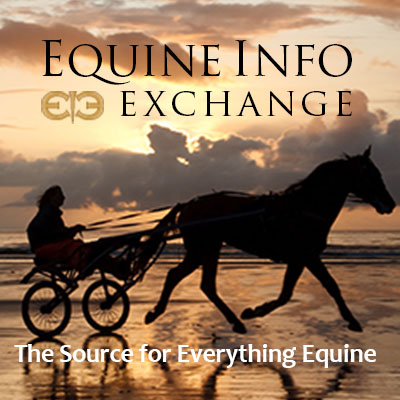
Horse shows have always been about more than ribbons. They’re communities. They’re proving grounds. They’re places where kids grow up, professionals shape their craft, and horse lovers gather to celebrate their shared passion. But anyone who’s been part of the sport for more than a few years will tell you—horse show culture has changed.
In Episode 437 of The Plaidcast, long-time horseman and show manager Berry Porter joined host Piper Klemm to reflect on those shifts. With over 70 years of experience in the saddle and behind the scenes, Porter has watched the horse show world evolve from local weekend gatherings into massive, professionally run events. His stories and Klemm’s observations offer a window into what’s changed, what’s been lost, and why the core of the culture is still worth holding onto.
From Backyard Rings to Multi-Million Dollar Venues
“Things are different now,” Porter said simply. “It’s bigger, faster, more expensive.”
Today’s horse shows often span multiple rings, run for weeks at a time, and attract competitors from across the country. They feature elaborate setups, livestreaming, high-end sponsorships, and prize money once unheard of in the sport. Klemm noted that while this evolution has elevated the visibility of the industry, it’s also created pressure.
“We see these incredibly polished videos and curated experiences,” she said. “But there’s a real gap between that and what a lot of people experience day to day. It can make the sport feel less accessible.”
That accessibility issue is echoed in Porter’s observations. While he’s proud of how far the sport has come, he’s also seen how rising costs and intense competition have pushed some people away from the showgrounds entirely.
“In the old days, people just came out to be part of it,” he said. “You didn’t have to win to feel like you belonged.”
A Shift in Priorities and Pace
One of the biggest cultural changes Porter noted is the shift in how people experience the showgrounds.
“It used to be that everyone stayed at the ring to watch and support each other. Now it feels like everyone’s in a rush,” he said.
That sense of community—gathering to watch classes, celebrate good rounds, and debrief bad ones—isn’t gone, but it’s thinner than it used to be. Riders often juggle tight schedules, multiple horses, and long days, making it harder to linger and connect. Meanwhile, increased emphasis on winning and qualifying can leave less room for sportsmanship and fun.
Klemm echoed this sentiment. “We used to learn by watching. Watching our friends, watching our heroes. That’s harder now when everyone’s spread so thin or glued to their phones.”
Yet both agree that cultivating that shared experience is critical to the sport’s longevity.
Holding Onto Tradition Without Stopping Progress
Neither Porter nor Klemm is interested in turning back the clock. They’re both deeply engaged in the present and believe in the potential of today’s riders, trainers, and show managers to build a positive future for the sport.
But that doesn’t mean forgetting the past.
“There’s a lot of tradition in this sport that’s worth keeping,” Porter said. “Things like showing up early to help, staying to cheer people on, and giving back when you can. That’s what makes the sport strong.”
Klemm pointed out that the next generation of equestrians has a real opportunity to redefine the culture without losing the values that matter.
“It’s not about nostalgia. It’s about connection,” she said. “We have to keep asking how we make this sport feel like home, not just a competition.”
People Still Matter Most
At the core of every good horse show culture are the people who make it happen. From the volunteers and ring crew to the show managers and stewards, the sense of community often depends on individuals who care more about participation than prestige.
Porter, who still volunteers regularly, believes this is one of the most important things to protect.
“Not everyone can be a top rider,” he said. “But everyone can contribute something. And when people feel like they matter, they stay in the sport.”
Klemm agreed. “We need to make space for more kinds of success. Not just blue ribbons, but people who mentor, people who learn, people who care.”
What Comes Next
Horse show culture will keep evolving. Technology will advance, venues will grow, and competitive standards will continue to rise. But if there’s one thing Porter and Klemm both emphasize, it’s that the values of kindness, curiosity, and contribution shouldn’t be left behind.
“We have something really special in this sport,” Porter said. “We just have to make sure we take care of it.”
Want to hear more insights on the past, present, and future of horse shows? Tune in to Episode 437 of The Plaidcast with Piper Klemm and Berry Porter—available now wherever you listen to podcasts.
This article originally appeared in the The Plaid Horse and is published here with permission.
There are more informative articles in our section on Health & Education.

































